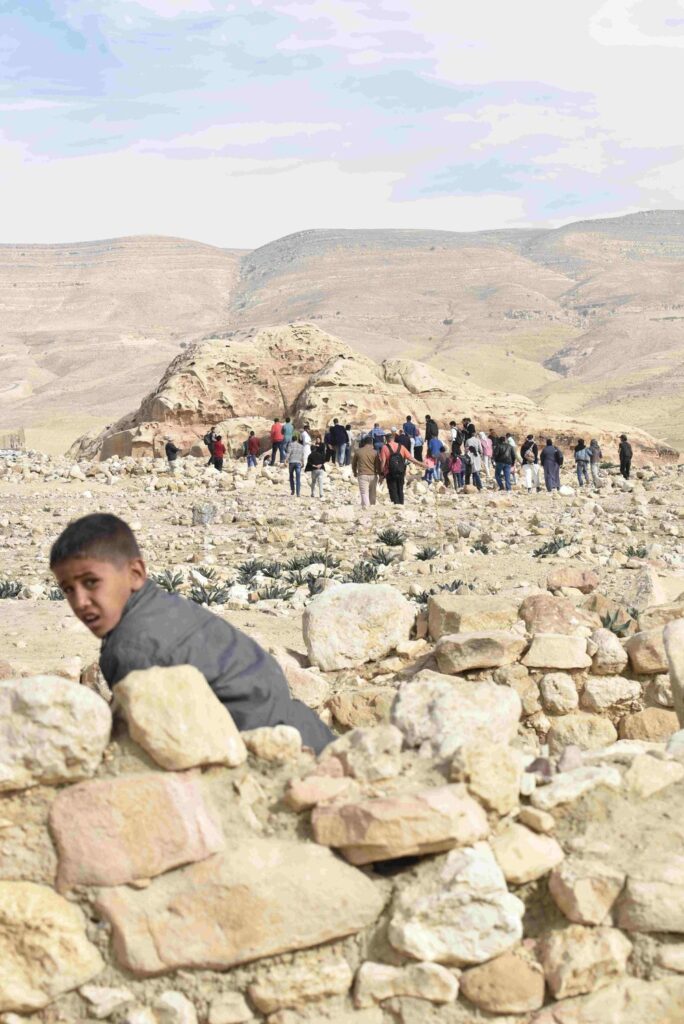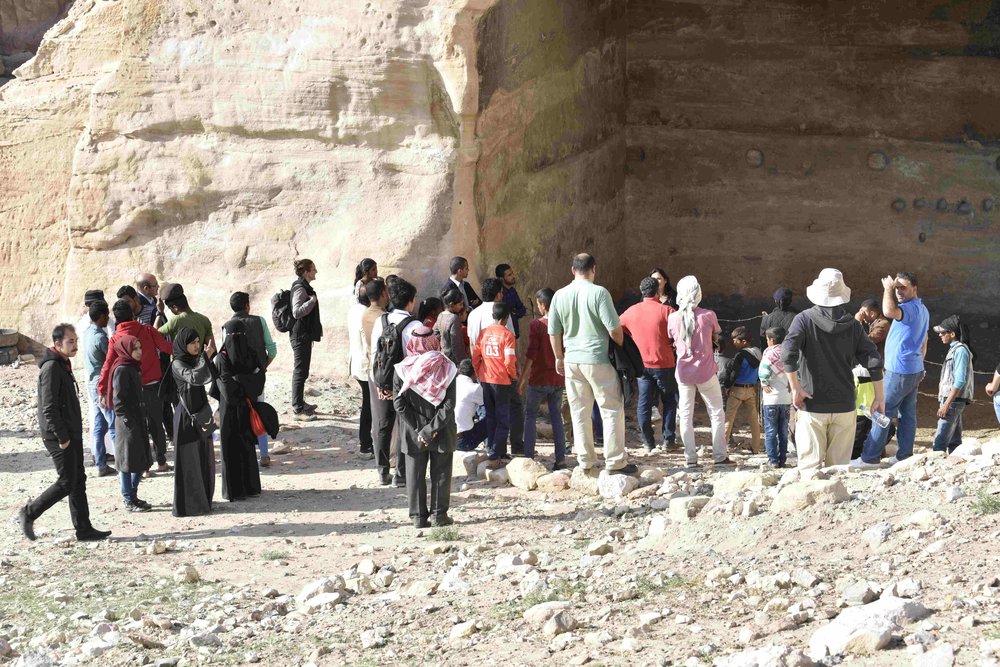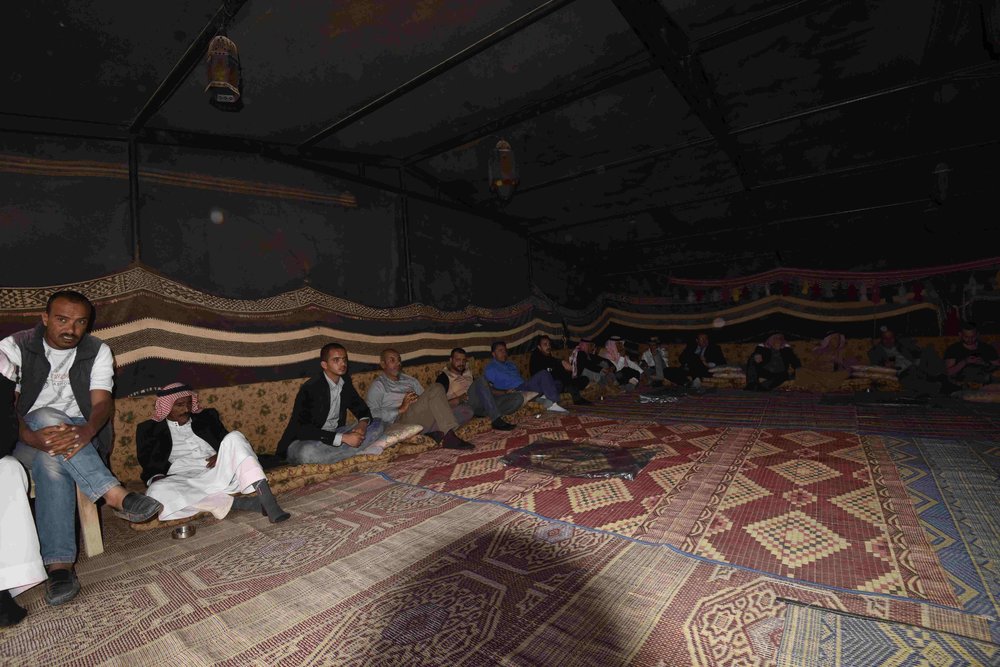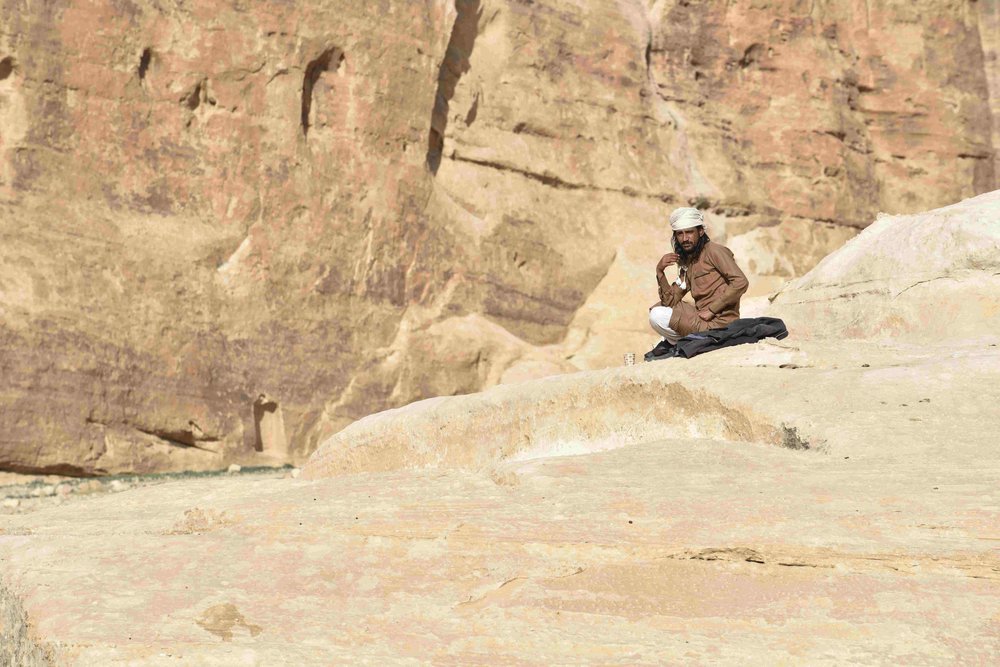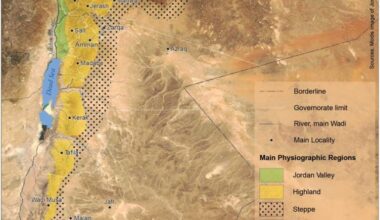This research was conducted by Dr Oroub El ABED as part of a British Academy funded Post-doctoral Fellowship awarded to the Council for British Research in the Levant with the contributions of Professor Bill Finlayson, Dr Paul Burtenshaw and Dr Carol Palmer. Photographs by Qais Essa.
The Deep Past as a Social Asset in the Levant (DEEPSAL) project aims to understand how local cultural heritage can contribute to people’s lives today. The research studies two villages in south Jordan – Beidha and Basta – which contain highly significant Neolithic archaeological sites, representing a period of huge change in human history 9000 years ago when people first began farming and living in large settled communities. The historic impact of this period is fundamental to how we live today, and the process of settling down, and domesticating barley and goats, has an obvious potential resonance with the lives of the modern communities in the region. Our study seeks to understand how this ‘deep past’ can be an asset to the contemporary lives of the communities who live around the sites today.
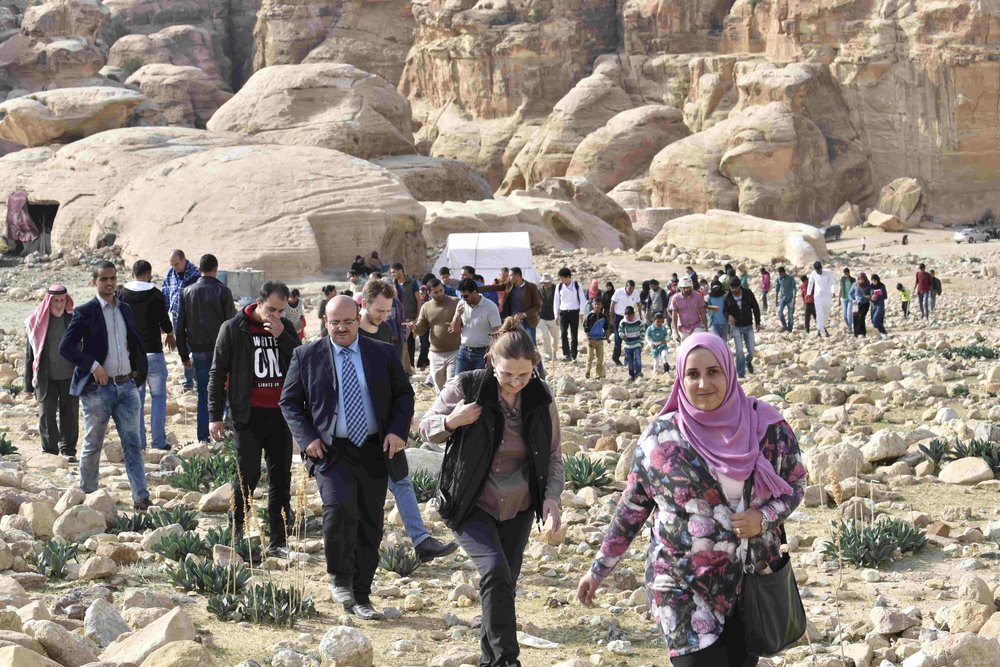
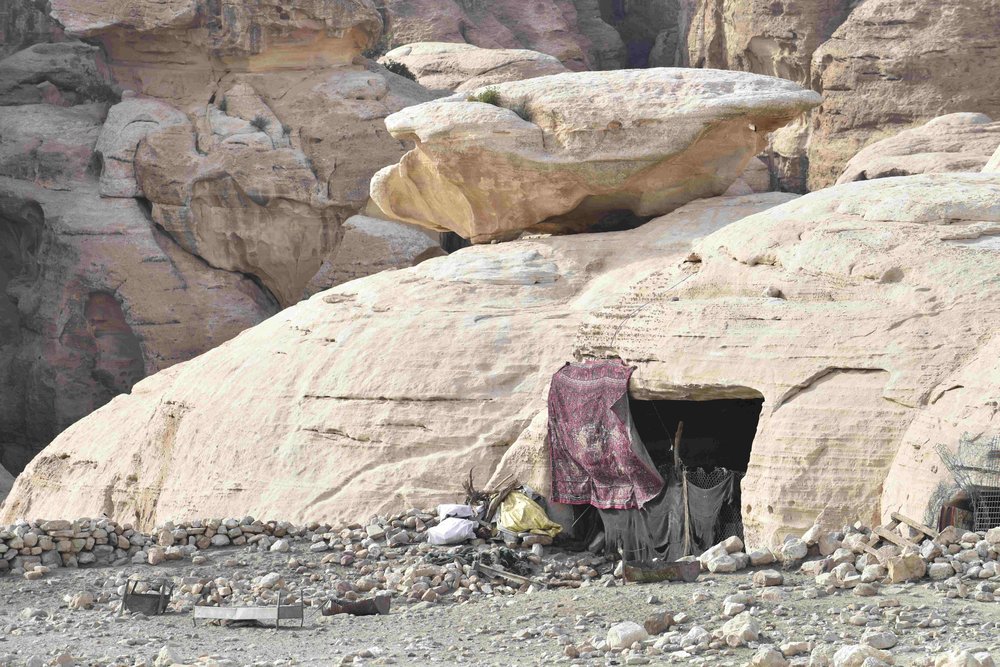
It is well known that archaeological sites have the potential to benefit the public in a variety of ways – from understanding present-day production and social patterns; providing identity and sense of place; artistic and social inspiration; and creating economic benefits from tourism, branding or local craft businesses. Indeed, in Jordan cultural heritage has been seen as a very valuable social and economic asset through tourism and development of the national identity. However, initiatives to use cultural heritage for contemporary development goals are often narrowly focused and unsuccessful, either not proving sustainable or failing to provide benefits to target communities.
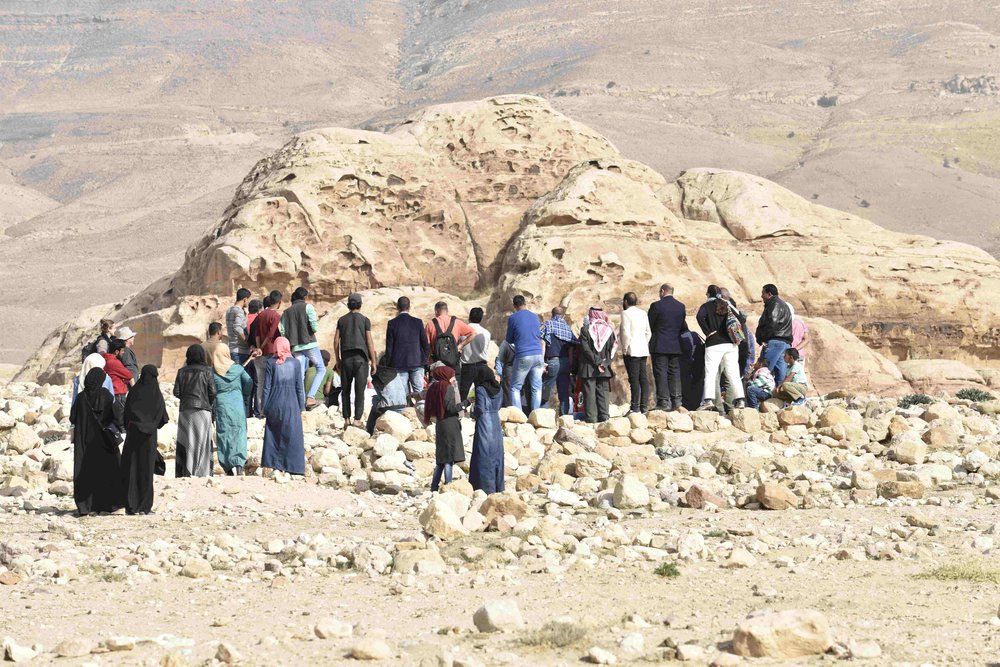
Providing relevant, sustainable and locally focused benefits from cultural heritage resources necessitates both a thorough understanding of the lives of the communities that you seek to benefit, as well as the variety of strategies which could be used to bring benefit. As a result, this project sought to:
- Understand the current socioeconomic, political and cultural everyday life of the local communities of Beidha and Basta
- Understand the current relationship between the communities and their local heritage, the values they hold for it, any responsibility they take for it, and the benefits or problems it currently provides them.
- Explore potential strategies in each location for local archaeology as a sustainable social asset. Such strategies include education programs, tourism promotion, the creation of local SMEs, use of the site as a community social space, and protection of the site for the use of future communities.
- Make recommendations for actions which will bring real value to local communities and archaeological sites. The project collected data through surveys of the communities, as well as in-depth interviews, public events and participant observation.







The views expressed by our authors on the CBRL blog are not necessarily endorsed by CBRL, but are commended as contributing to public debate.














